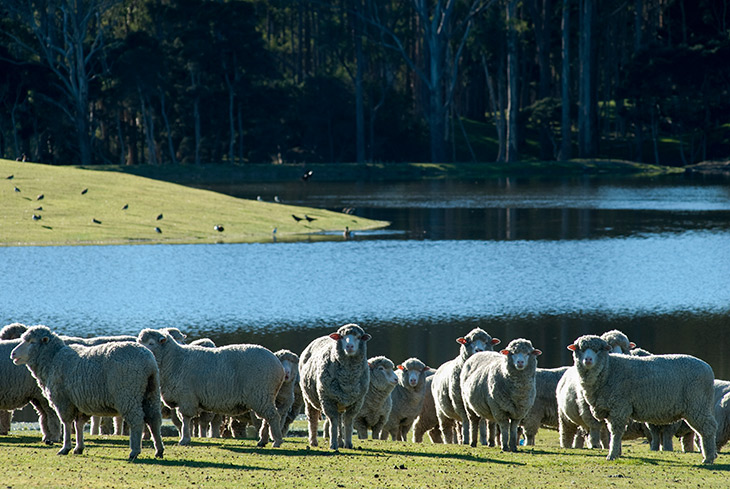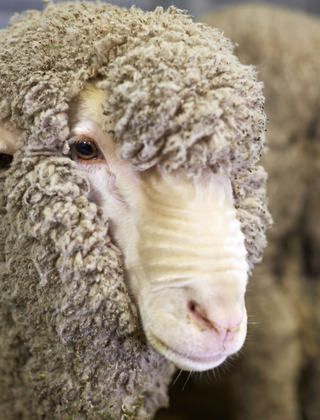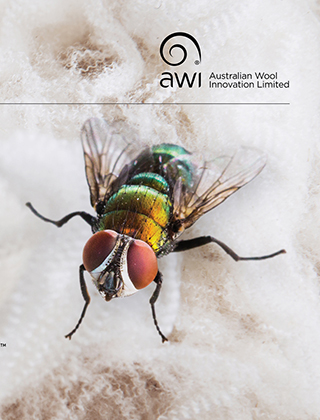Monitoring project demonstrates Australia’s healthy flock

An annual sheep industry project that last year monitored nearly 9.5 million Australian sheep has found a low and decreasing incidence of disease, demonstrating the excellent animal health and welfare practices in the Australian sheep industry.
An annual sheep industry project that last year monitored nearly 9.5 million Australian sheep has found a low and decreasing incidence of disease, demonstrating the excellent animal health and welfare practices in the Australian sheep industry.
The National Sheep Health Monitoring Project (NSHMP) commenced in 2007 to monitor lines of sheep in abattoirs for animal health conditions that reduce farm profit through productivity losses or by affecting market access.
In 2019/20, the monitoring occurred in 10 abattoirs, located in all states. Meat inspectors inspected 9,455,621 sheep in 40,786 lines from 9,013 Property Identification Codes (PICs) for up to 20 animal health conditions.
Sheep were sourced from all Australian states. Of the sheep inspected, 45% were from NSW, 15% from Western Australia, 18% from South Australia, 14% from Victoria, 6% from Tasmania and 2% from Queensland.
The NSHMP Annual Report provides an analysis of the data from the project, for 15 of the 20 monitored conditions, thus providing a snapshot of the health of a significant proportion of the Australian sheep flock.
The analysis shows that there is a low and generally decreasing incidence of disease in inspected sheep – see Table 1 below.

For each of the 15 health conditions, the NSHMP Annual Report provides details of:
- the number of sheep in Australia inspected and affected during the past three years
- the percentage of PICs inspected in each state that had at least one affected animal
- the percentage of animals inspected in each state that were affected
- a map showing the percentage of sheep affected in each local government area.
The NSHMP is run by Animal Health Australia (AHA) with the support of sheep industry organisations Sheep Producers Australia and WoolProducers Australia.
AWI Program Manager, Sheep Health & Welfare, Bridget Peachey, who is a member of the NSHMP Steering Committee, says the project has generated comprehensive data that provides a good indication of the excellent animal health status of the Australian flock.
“While governments, industry groups and processors use this information to provide solid evidence to demonstrate the high quality of Australian sheepmeat and to support market access, it also provides further evidence to a wider audience that Australian sheep and wool producers are committed to exceptionally high standards of animal health and welfare,” Bridget said.
“The report is also useful for producers, animal health advisors and state departments of agriculture to track if there are any adverse health conditions emerging in their region so that they can fine tune their animal health programs and address the issues swiftly.
“Bladder worm, cheesy gland and nephritis recorded the highest levels of incidence during 2019/20, but nephritis appears to be the only condition that has been gradually increasing in occurrence nationally in inspected sheep during the past three years.
“Cheesy gland is something that woolgrowers should particularly look out for because it is associated with a decrease in wool production, wool contamination and chronic infection causes ill thrift, emaciation and can affect reproductive performance.”
More information: The NSHMP Annual Report and further information, including fact sheets on several diseases (including prevention and treatment options), are available at www.animalhealthaustralia.com.au/nshmp
Sheep health challenges in wet conditions
While warm, wet weather over most of south-eastern Australia was a welcome change after the prolonged drought, such seasonal conditions can bring on several health challenges for sheep.
AWI has produced a 3-page factsheet that provides woolgrowers with advice on sheep health issues that might affect their sheep during wet conditions. These issues include:
- Scouring and worms
- Flystrike
- Other insect-related conditions, such as pinkeye and Mycoplasma ovis
- Footrot
- Bacterial pneumonia and pleurisy
- Clostridial diseases.
Download the fact sheet at www.wool.com/wet
This article appeared in the June 2021 edition of AWI’s Beyond the Bale magazine. Reproduction of the article is encouraged, however prior permission must be obtained from the Editor.















